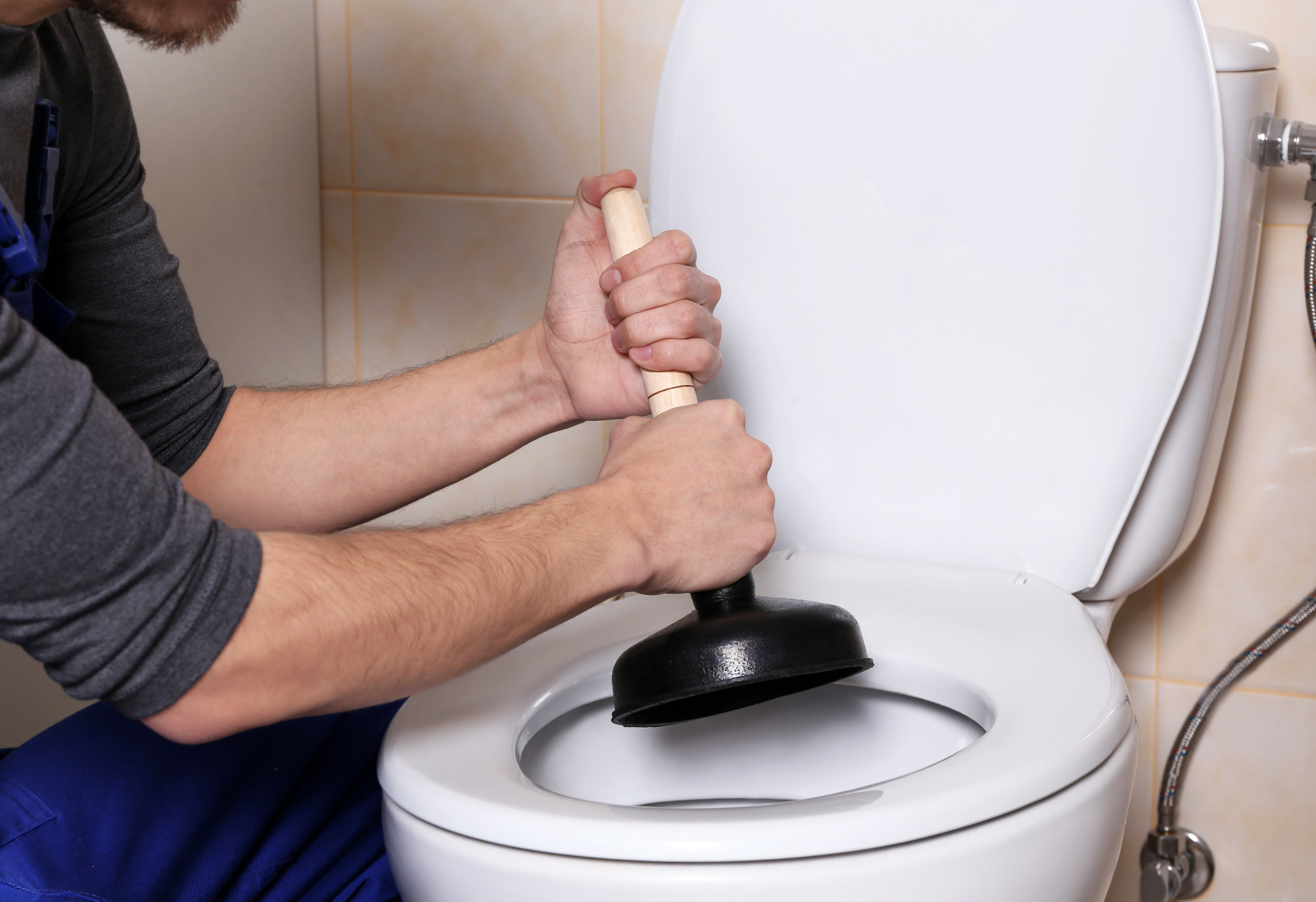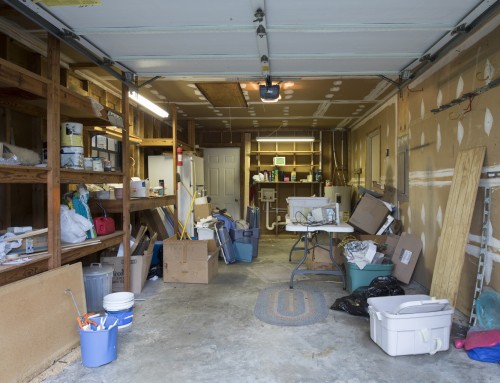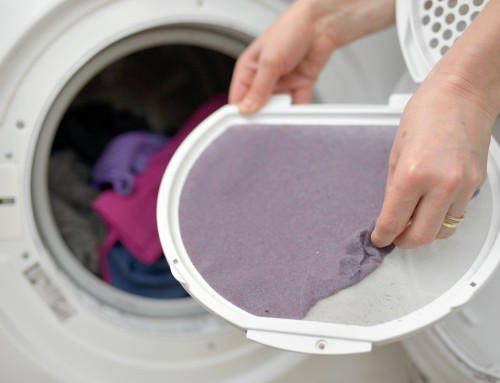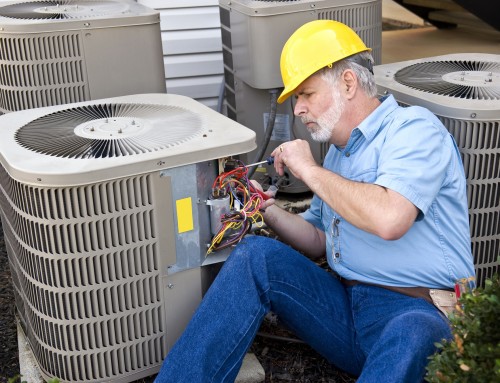On average, American families use more than 300 gallons of water every single day while at home.
However, if your toilet tank overflows or you have a toilet bowl overflow, you can quickly use much more, which ultimately costs you money.
But, what causes a toilet to overflow, and what can be done to stop it once it happens?
You’ve come to the right place. Keep reading for a guide on what causes an overflowing toilet, and how to stop it if it happens in your home.
Tank vs Bowl
First, it’s important to understand that your toilet can overflow from two primary areas: the tank at the back of the toilet or the bowl.
Often, it’s easy to see when the bowl is overflowing. But, it may take you longer to tell the tank is overflowing – until you notice water on the floor.
Both situations are a hassle to deal with, but the causes and fixes are different, so pay attention to the source of your overflow before doing anything else.
What Causes a Toilet to Overflow?
Now that you know the two sources of an overflowing toilet, you can try to determine the cause of the problem. In general, your issue is most likely caused by one of the following 4 issues.
Septic System Issues
Is your house on a septic system? If so, you have a septic tank buried in the ground, and all the water from your house flows out to it.
When your septic system is working properly, the septic tank stores water and releases excess water into the surrounding drain field.
However, if your tank cannot drain, then eventually it becomes too full. As a result, your toilet will start to overflow, leaving you with a mess.
Regularly getting the septic system pumped can help prevent your tank from getting backed up. Additionally, stay away from flushing anything but waste and toilet paper, as other objects can cause issues with your septic tank.
Problems with the Sewage Line
If your home is on a city sewage line instead of a septic tank system, you’re not immune to toilet issues.
If the pipes that connect your home to the main sewer line become clogged, eventually, your toilet will start to overflow.
An easy way to determine if your overflowing toilet is due to a sewer issue is to turn off the water in your home. If the toilet continues to overflow, there’s likely a clogged sewer line.
Again, you can help prevent clogged lines by not flushing anything but waste and toilet paper. However, sometimes blocked lines are completely out of your control. For example, tree roots may shift over the lines, causing a blockage.
Clogged Pipes
While it’s ok to flush toilet paper, sometimes if you use too much, it can cause the pipes near your toilet to clog.
When this happens, you’ll immediately start to see the water in the bowl rising. If you try flushing before unclogging the pipes, eventually the water will spill over the bowl, leaving you with a terrible, unhygienic mess.
Often, older toilets are more prone to clogs. If you’ve recently purchased an older home or you’ve been in your home for a while without replacing the toilets, try to be cognizant of how much toilet paper you use.
Filler Float Issues
If the water overflowing from your toilet is coming from the tank, it’s likely that there’s an issue with the filler float.
If you remove the top of the tank, you can see the float and try to determine the issue. If it’s set too high, the tank will continue to fill with water, causing it to flow over the top.
Or, if part of your filler float breaks, that can also lead to a tank that is continuously filling. While a tank overflow is not always as noticeable, try to listen out for the sound of your toilet running after flushing.
If your filler float is working as it should, you should hear the toilet stop running shortly after flushing. If it continues to run, check your tank quickly.
How to Stop an Overflowing Toilet
If your toilet is overflowing, it’s inconvenient and it can leave you with a mess. And, in the worst cases, your home could suffer toilet overflow water damage. Here’s what to do if your toilet overflows.
Turn off the Water
The first thing you should do is turn off the water to your toilet. This makes the problem a bit more manageable, as you won’t have to worry about even more water overflowing.
You can do this by turning off the water valve located at the base of the toilet. You should also remove the lid from the tank and lift up the bottom of the valve so your toilet doesn’t continue to fill with water.
Use a Plunger
If your overflow is coming from the bowl, use a plunger to remove the clog. If you notice the water in the bowl is rising, using a plunger is the fastest way to stop the water from flowing out into your bathroom.
Don’t try flushing the toilet again until you’ve used the plunger enough so that the water level recedes.
Call a Plumber
If turning off the water and using a plunger isn’t enough to stop your toilet from overflowing, it’s best to call a plumber.
Sometimes, despite your best efforts, hiring an expert to help identify the problem and implement a fix is the only thing you can do to help prevent further damage to your home.
Say Goodbye to Toilet Troubles
Now that you know what causes a toilet to overflow and how to stop it when it does happen, you won’t have to worry about these types of toilet troubles anymore.
Looking for even more knowledge? Check out our other articles for more helpful lifestyle tips.











